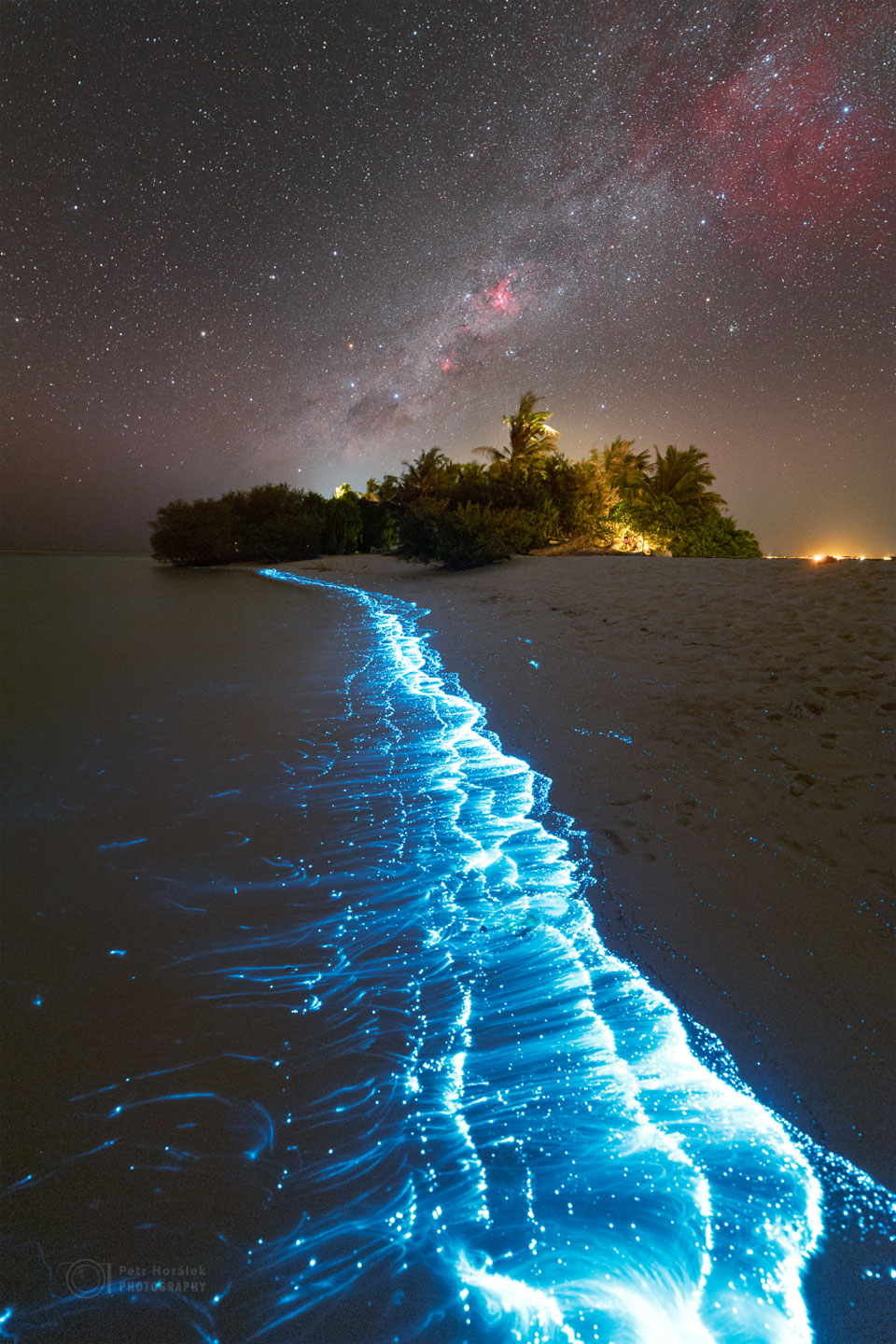this post was submitted on 21 Jul 2023
17 points (100.0% liked)
SpacePics
784 readers
1 users here now
A community dedicated to sharing high quality images of space and the cosmos
Rules:
Include some context in the title (such as the name of the astronomical object or location where it was photographed)
Only images, pictures, collages, albums, and gifs are allowed. Please link images from high quality sources ([Imgur](imgur.com), [NASA](https://apod.nasa.gov/apod/archivepix.html), [ESA](https://www.esa.int/ESA_Multimedia/Images), [Flickr](Flickr.com), [500px ](500px.com), etc.) Videos, interactive images/websites, memes, and articles are not allowed
Only submit images related to space. This may include pictures of space, artwork of space, photoshopped images of space, simulations, artist’s depictions, satellite images of Earth, or other related images
Be civil to one another
founded 2 years ago
MODERATORS
you are viewing a single comment's thread
view the rest of the comments
view the rest of the comments

Yeah, it'll never be this dramatic, but you'll be astounded by how many stars, and how large they seem, when you get to a dark site. Even getting to a Bortle 5 location like I live in and letting your eyes properly adjust to night vision, the amount of stars is pretty spectacular. Not sure where you live, by check out a site like DarkSkyMap and you may be surprised to find some areas with less light pollution not too far from you.